Taste of Yunnan Delivers Tea History
We love China’s Yunnan Province for many reasons, including its natural beauty and cultural diversity. But given our line of work, there’s one Yunnan attribute that we especially prize: the California-size province is the birthplace of tea.
People in Yunnan first started steeping leaves from the Camellia sinensis in hot water, and brewing tea, about 5,000 years ago. They never stopped. Today, tea farming and culture thrives in Yunnan Province, which supports the oldest tea trees in the world. In fact, in 1997 scientists studying drought climbed Big Snow Mountain in Yunnan, and found 2,000 acres of ancient, wild tea trees, averaging 2,500 years old.
We think it’s wonderful that Yunnan, a largely rural and agricultural province that supports 48 million people, gave the world what we think is its finest beverage.
Yunnan 101
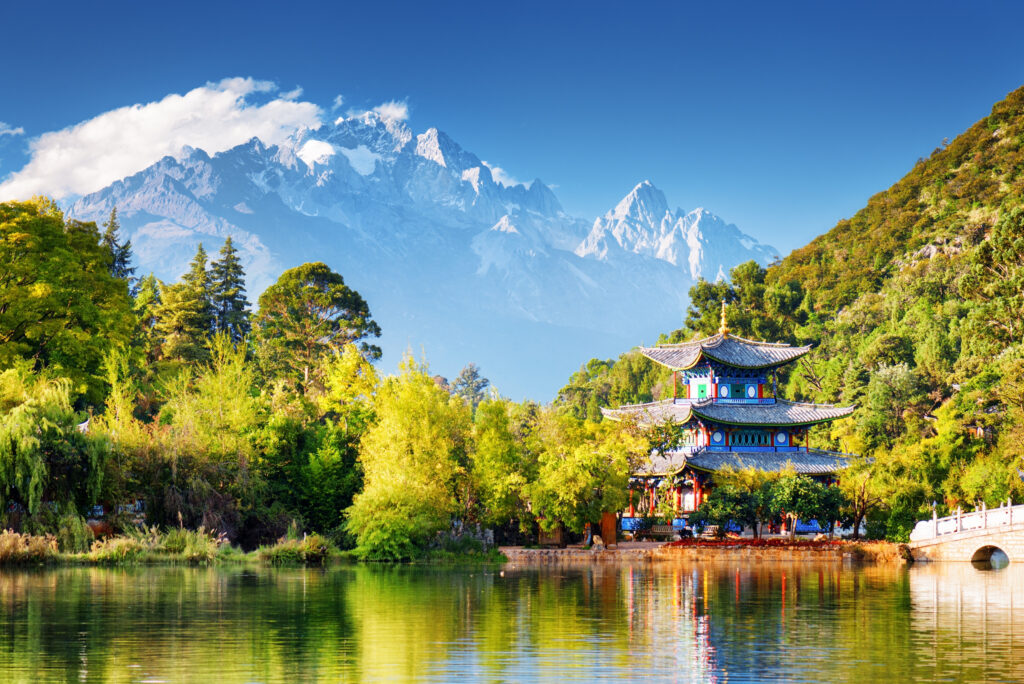
Topography
This sprawling southwestern province borders the Tibet Autonomous Region to the northwest, Sichuan — famous for spicy food — to the north, Guizhou to the east, and the Zhang Autonomous Region of Guangxi to the southeast. The province also borders Laos and Vietnam, and shares a long border with Burma.
It supports a wealth of climates and geographic features, most of which revolve around the mountain ranges that fan out from Tibet. The mountains create deep river gorges; few rivers in some parts of Yunnan are navigable for long distances, as the water tumbling through the canyons is fierce.
The mountains ranges roughly divide the country in half, between the eastern plateau and western canyon regions.
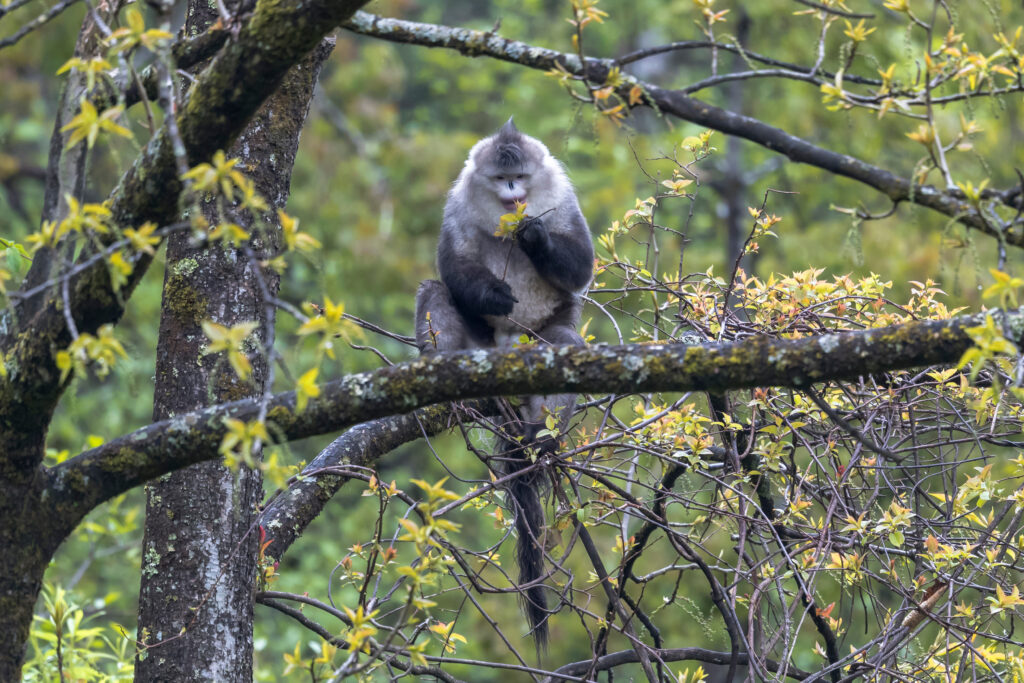
Flora & Fauna
With its blend of high mountains, deep gorges and tropical, subtropical, temperate and alpine growing areas, Yunnan supports China’s greatest diversity of biological resources.
Consider: China contains 30,000 species of plants; more than half of them are from Yunnan, including 6,000 varieties of medicinal herbs. While some Chinese provinces are dominated by cities and industry, about half of Yunnan is forested — and the forests are growing. Thanks to an ambitious conservation program that began in the 1990s, China has protected forests and nature preserves, and encouraged reforestation.
Just as the flora across the province inspires biologists and tourists, so does the fauna. With 250 species of mammals, 360 of fish, 140 of reptiles, 90 of amphibians and 780 of birds, Yunnan is the most animal-rich province in China. Included among them: monkeys, bears, elephants and porcupines.
In future blogs, we will explore the region’s cultural diversity, cities, history, food, art and more.
The Importance of Pu-erh
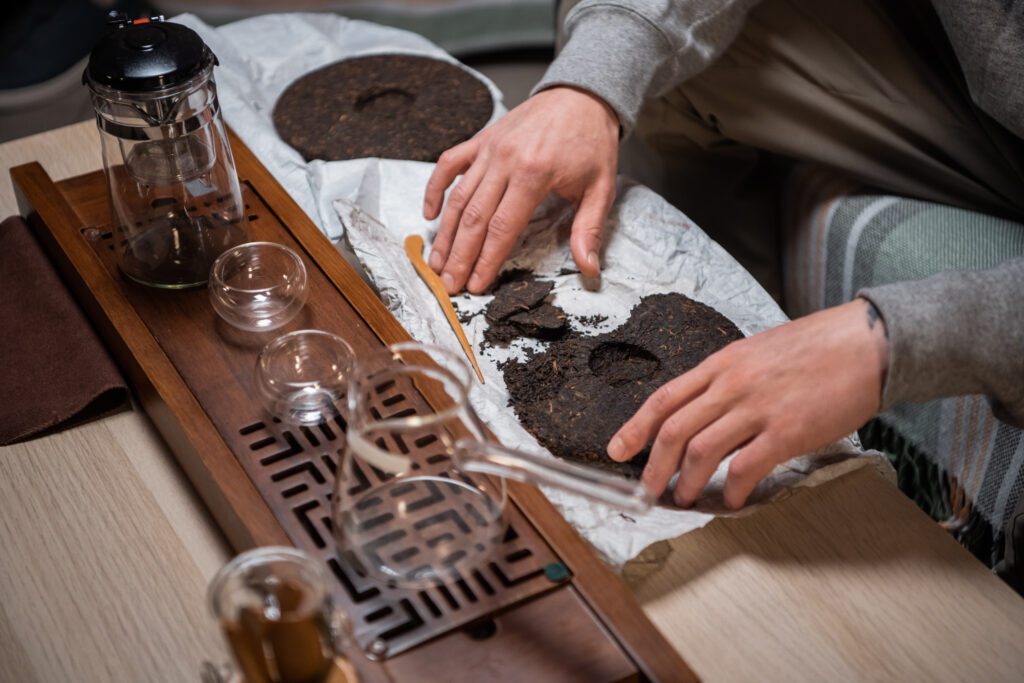
Before we begin detailing some of Ku Cha’s glorious Yunnan teas, it is important to discuss pu-erh, the style of tea for which Yunnan is most famous.
For all of China’s tea styles other than pu-erh — green, white, black and oolong — oxidation is a key factor. Harvested green teas, for example, are exposed to precious little oxygen before oxidation is arrested with heat. They tend to reflect the natural flavors of fresh tea leaves better than other styles, like oolong and black, that invite oxidation, a process that changes their color and creates complex flavors.
But pu-erh is different. It is fermented. Tea lovers around the world buy pu-erh, which often is formed into cakes and aged, and preserve the tea further in their homes before brewing.
Pu-erh is assigned grades, with Imperial or “Gong Ting” being the highest. And it also comes in two styles, raw and ripe. Raw pu-erh undergoes a natural fermentation process that can require a decade or more of aging. For ripe pu-erh, tea craftspeople nudge the fermentation process along rather than wait for Mother Nature; it can be brewed shortly after harvesting and fermentation.
Pu-erh offers fascinating flavors reminiscent of nature: people refer to tastes and aromas that winningly suggest forest floor, mushrooms, wet stone, riverbanks and more.
Nearly all pu-erh is produced in Yunnan. Taiwan recently started creating pu-erh-style tea as well.
Now, let’s turn to Yunnan tea!
Taste of Yunnan: Sui Yue Liu Xiang
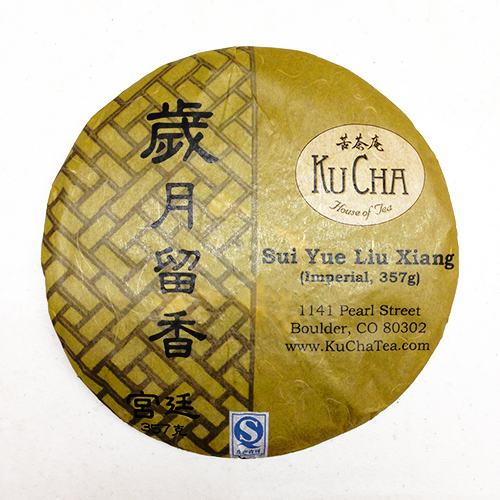
This is precious pu-erh, made of Imperial (the highest grade) pu-erh from Yunnan’s LinCang County. Sui Yue Liu Xiang, which means “Fragrance of Age,” brews strong, smooth and earthy, with enchanting notes of pipe tobacco and citrus. As with all pu-erhs, it can be infused many times — at least a dozen. And thanks to Colorado’s arid climate, this pu-erh cake will age well.
Taste of Yunnan: Tiger Mountain
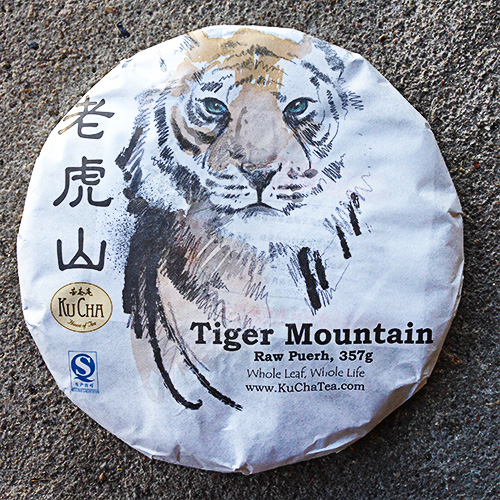
Most tea leaves are harvested from cultivated plants on tea plantation. But the tea leaves in this raw pu-erh cake comes from wild tea trees on Tiger Mountain, in LinCang County. Tiger Mountain brews bright, complex and bittersweet, with strong Cha Qi (tea energy) and a pleasing pear fruitiness. This young pu-erh, from 2017, is a superb candidate for further aging — as well as brewing and sipping immediately!
Taste of Yunnan: Yunnan Gold Black Tea
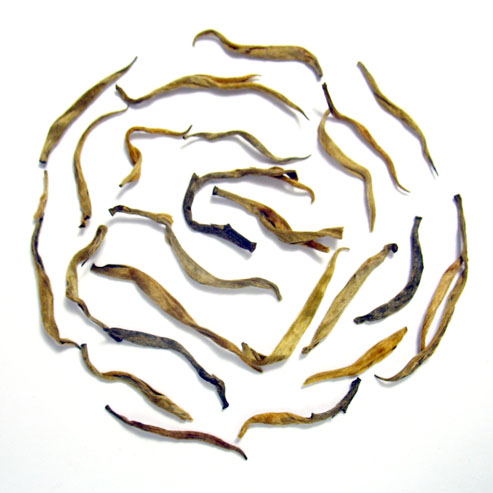
Pu-erh reigns in Yunnan, but it’s not the only style of tea grown in the province. We adore this black tea, made from the tender tips of tea leaves from FengQing County. It brews bright, rich, naturally sweet and with honey and fruity notes.

